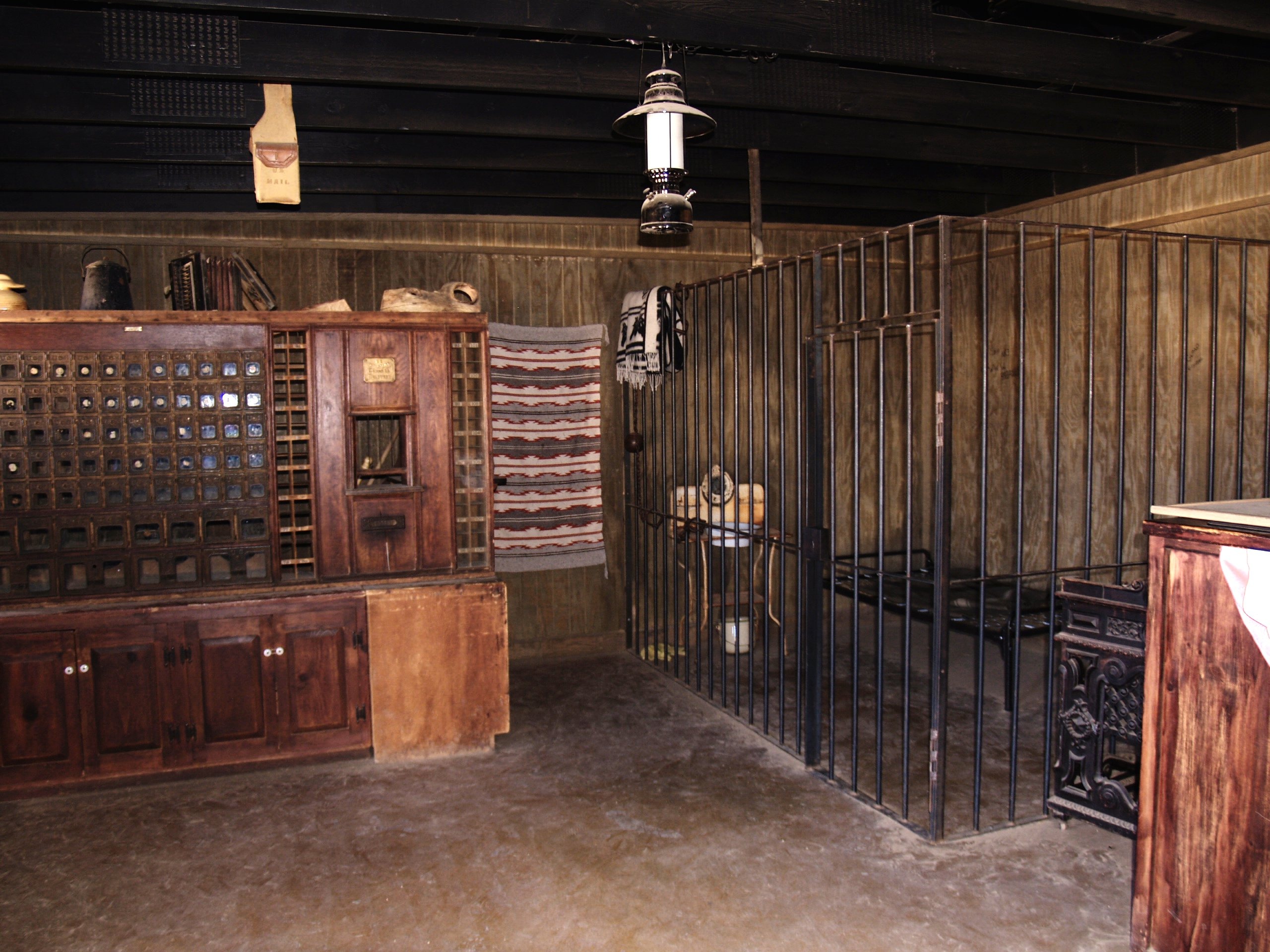 A personal injury claim requires following specific rules and procedures to ensure a fair and just resolution. For Joseph Barlow, who slipped and fell while detained at the Lafayette Correctional Facility, his failure to adhere to the correction center’s administrative remedies became critical. This article examines the consequences Barlow faced when he disregarded the proper procedures and highlights the significance of following the established protocols.
A personal injury claim requires following specific rules and procedures to ensure a fair and just resolution. For Joseph Barlow, who slipped and fell while detained at the Lafayette Correctional Facility, his failure to adhere to the correction center’s administrative remedies became critical. This article examines the consequences Barlow faced when he disregarded the proper procedures and highlights the significance of following the established protocols.
Joseph Barlow was detained at the Lafayette Correctional Facility, where he slipped and fell in a puddle of water on two different occasions. Barlow claims an open pipe allowed water to overflow onto the floor. He filed a lawsuit against the Director of Corrections for Lafayette Parish, the Sheriff of Lafayette Parish, and the insurance company for injuries sustained to his neck and back. The defendants filed an exception of prematurity, claiming Barlow did not look at all of the remedies provided by the correction center’s handbook. The defendants also filed an exception of prescription and abandonment. A trial court sustained all of the defendants’ motions, and Barlow’s claims were dismissed. Barlow appealed.
In the appeal, Barlow claimed the trial court erred in granting the exception of prematurity. He first argued the handbook did not mention the procedures for injury claims resulting from negligence. He then argued the defendants had notice of the danger from the pipe. Lastly, Barlow claimed he did not receive an up-to-date handbook and was not informed of its alterations.
 Insurance Dispute Lawyer Blog
Insurance Dispute Lawyer Blog


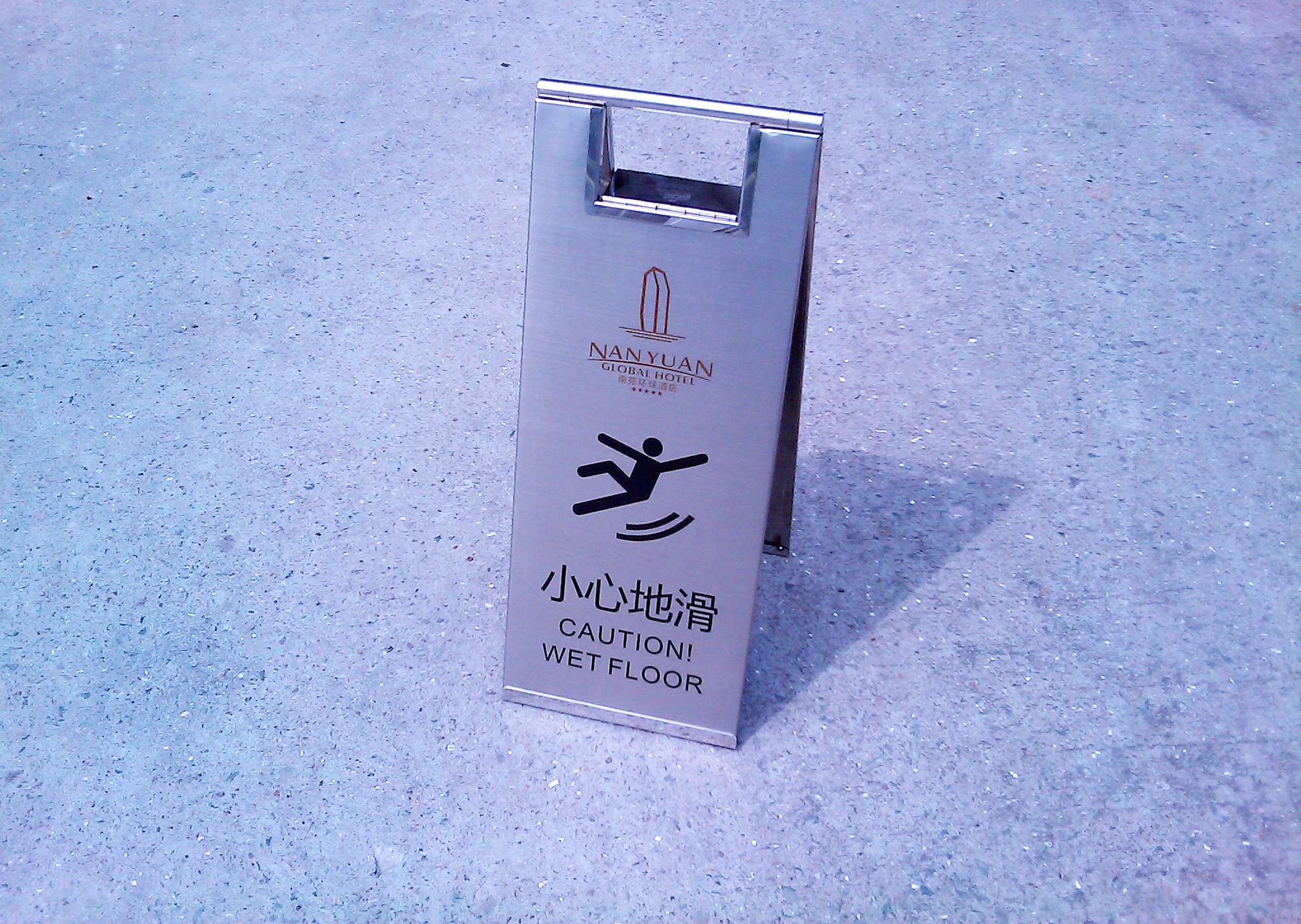 Personal injury cases are notorious for their intricate nature, often posing challenges in determining fault and establishing liability. Complications escalate further when discrepancies arise regarding the facts surrounding the incident. When blame is uncertain, and parties refuse to accept responsibility, the legal landscape becomes increasingly convoluted.
Personal injury cases are notorious for their intricate nature, often posing challenges in determining fault and establishing liability. Complications escalate further when discrepancies arise regarding the facts surrounding the incident. When blame is uncertain, and parties refuse to accept responsibility, the legal landscape becomes increasingly convoluted. 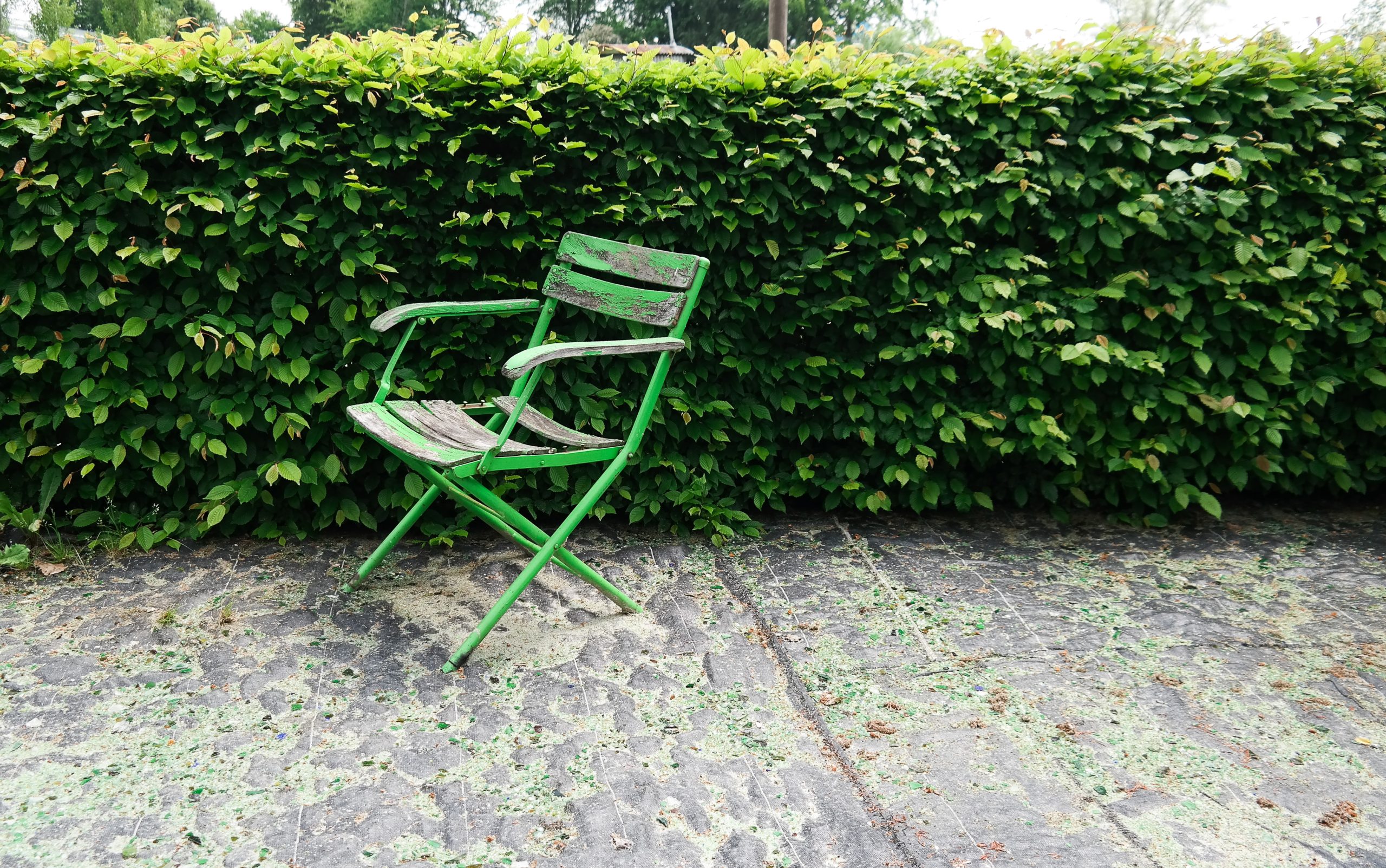 Personal injury lawsuits can be complicated, especially when they involve injuries sustained while shopping. Mary Mason found herself in this situation at a Burlington store in Lafayette, Louisiana, when a chair collapsed as she sat on it, causing her to fall and sustain injuries. Despite suing Burlington and claiming negligence, her case was dismissed due to a lack of evidence. This case highlights the importance of having experienced legal counsel to guide you through the lawsuit process. It also answers the question, what is Res Ipsa Loquitor?
Personal injury lawsuits can be complicated, especially when they involve injuries sustained while shopping. Mary Mason found herself in this situation at a Burlington store in Lafayette, Louisiana, when a chair collapsed as she sat on it, causing her to fall and sustain injuries. Despite suing Burlington and claiming negligence, her case was dismissed due to a lack of evidence. This case highlights the importance of having experienced legal counsel to guide you through the lawsuit process. It also answers the question, what is Res Ipsa Loquitor?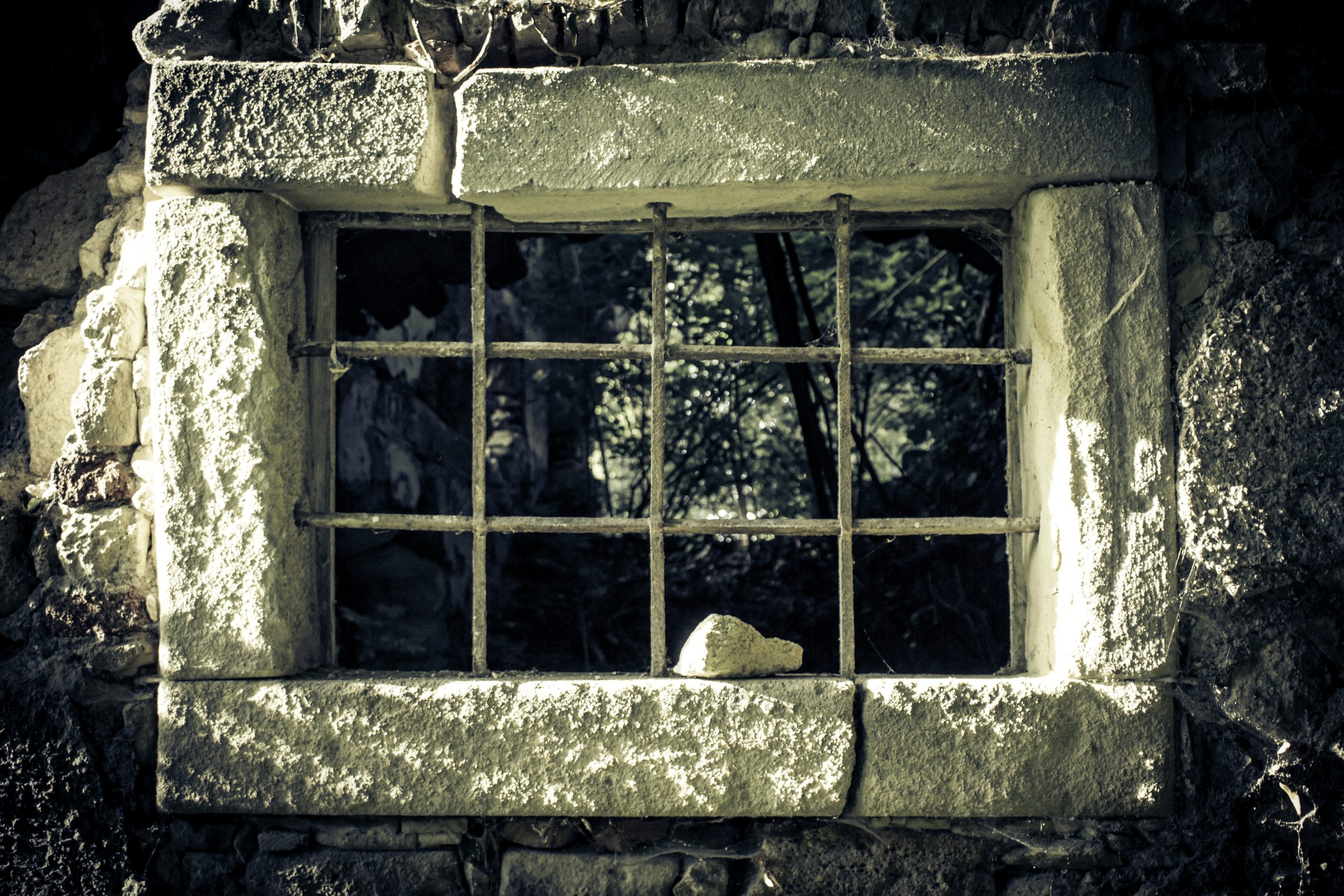 When prison officials do nothing to fix a large hole that leaks onto the floor in a jail cell, could the inmate have a claim for cruel and unusual punishment? The Fifth Circuit Court of Appeals case answers no. Many instances of inmates complaining about mistreatment are not uncommon to hear about, but when do we draw the line from complaints to unusual punishment? The subsequent lawsuit helps us answer this question of Eighth Amendment rights violations.
When prison officials do nothing to fix a large hole that leaks onto the floor in a jail cell, could the inmate have a claim for cruel and unusual punishment? The Fifth Circuit Court of Appeals case answers no. Many instances of inmates complaining about mistreatment are not uncommon to hear about, but when do we draw the line from complaints to unusual punishment? The subsequent lawsuit helps us answer this question of Eighth Amendment rights violations. If you are walking down the aisle of a store and fall and injure yourself, you may think you have a winning lawsuit. However, that is not always the case. A recent lawsuit out of Gretna, Louisiana, establishes what a plaintiff needs to prove when filing a slip-and-fall lawsuit in Louisiana.
If you are walking down the aisle of a store and fall and injure yourself, you may think you have a winning lawsuit. However, that is not always the case. A recent lawsuit out of Gretna, Louisiana, establishes what a plaintiff needs to prove when filing a slip-and-fall lawsuit in Louisiana. 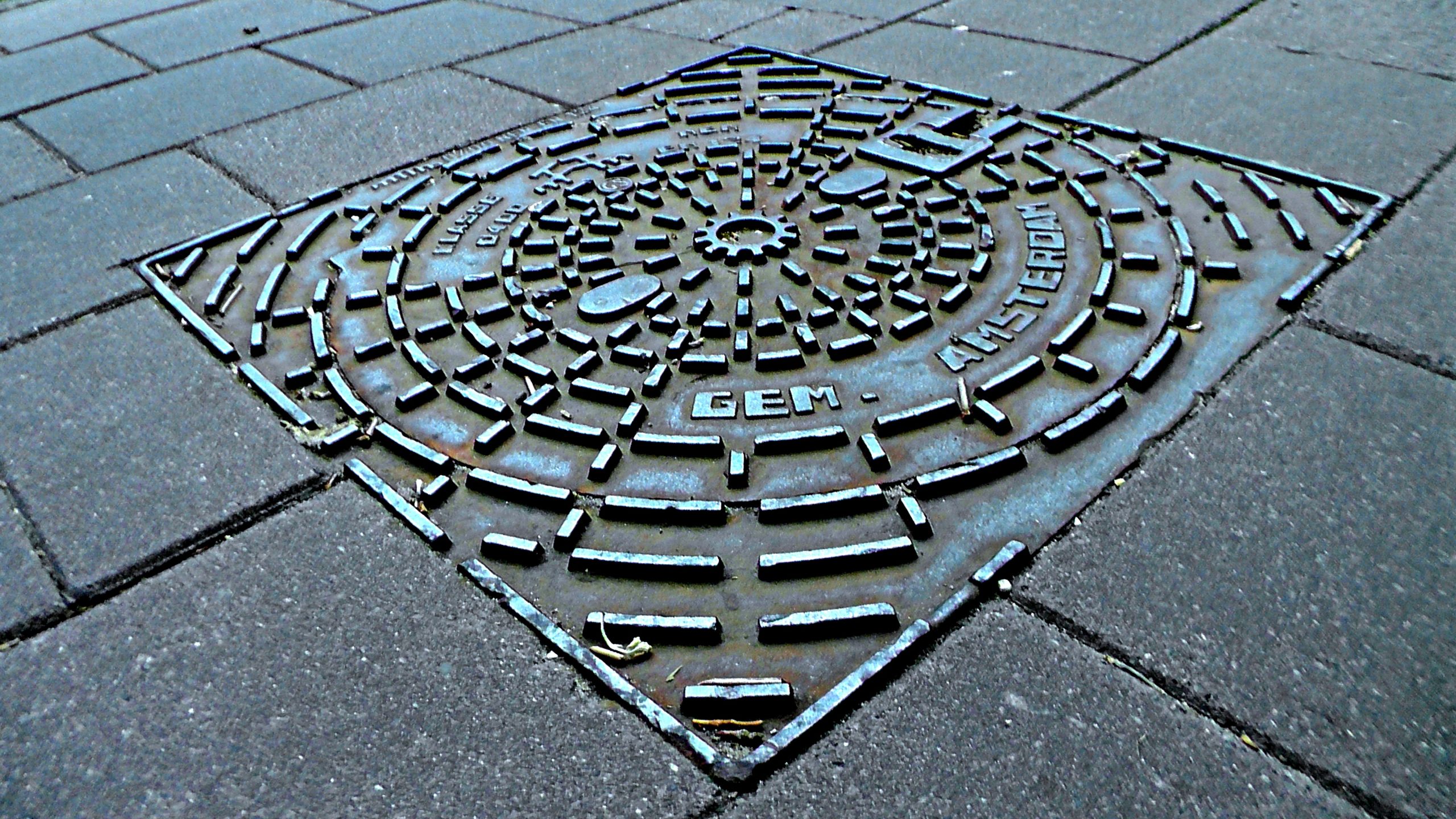 If you fall into a utility box with no cover, one would likely think they can recover for the damages they endured. However, in Louisiana, lawsuits aren’t as easy as you think. For example, is a company responsible for the utility box if it didn’t have “constructive notice” the ground hole cover was defective? The following lawsuit out of New Orleans shows the difficulties encountered when suing a utility company for a ground hole cover fall.
If you fall into a utility box with no cover, one would likely think they can recover for the damages they endured. However, in Louisiana, lawsuits aren’t as easy as you think. For example, is a company responsible for the utility box if it didn’t have “constructive notice” the ground hole cover was defective? The following lawsuit out of New Orleans shows the difficulties encountered when suing a utility company for a ground hole cover fall.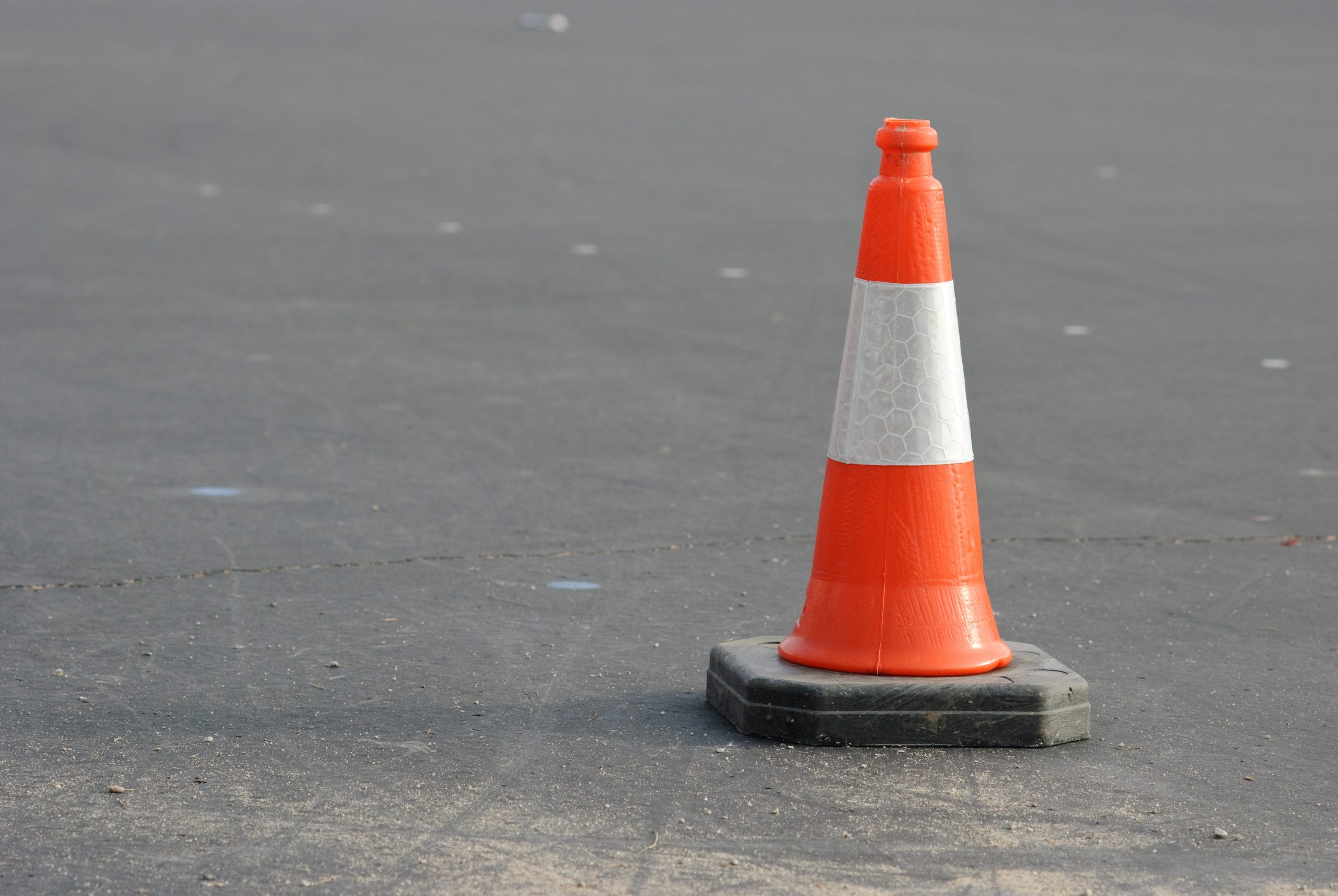 We have all seen warning cones and signs in front of a wet floor at a business. But what happens when you fall in front of the warning cone? Can the company still be held accountable for your injuries? The subsequent lawsuit, Kenner, Louisiana, shows how courts review slip and fall lawsuits on wet floors with warning signs in plain sight.
We have all seen warning cones and signs in front of a wet floor at a business. But what happens when you fall in front of the warning cone? Can the company still be held accountable for your injuries? The subsequent lawsuit, Kenner, Louisiana, shows how courts review slip and fall lawsuits on wet floors with warning signs in plain sight.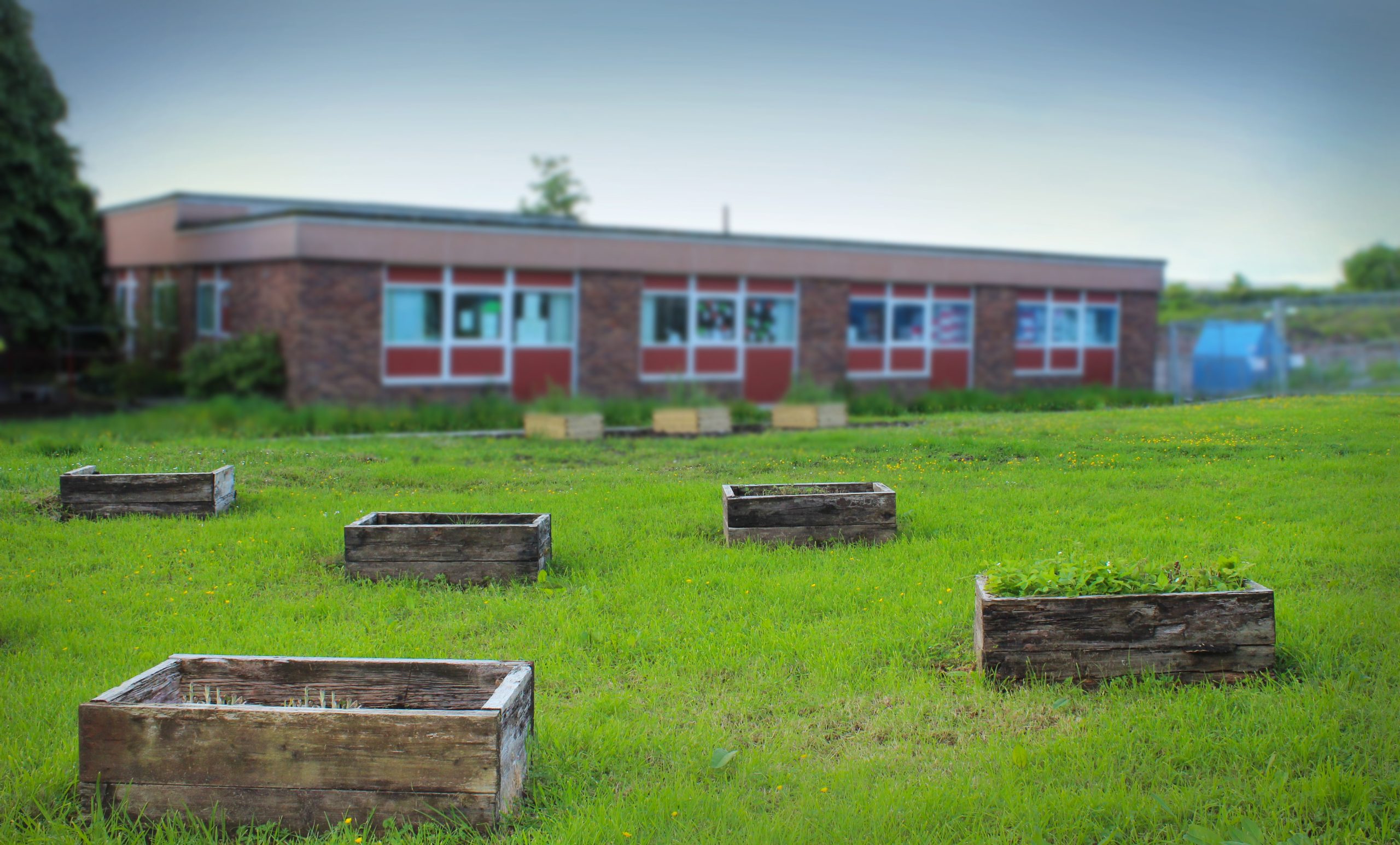 Schools are institutions for learning and public meeting spots for numerous events. People come and go daily and the safety of all visitors is paramount. But what happens when a visitor to a school is injured on the premise? Can a school be held liable for a visitor’s injuries on its campus? The following case out of Kentwood, Louisiana, shows the need for adequate proof when pursuing a trip and fall lawsuit against a school.
Schools are institutions for learning and public meeting spots for numerous events. People come and go daily and the safety of all visitors is paramount. But what happens when a visitor to a school is injured on the premise? Can a school be held liable for a visitor’s injuries on its campus? The following case out of Kentwood, Louisiana, shows the need for adequate proof when pursuing a trip and fall lawsuit against a school. When someone is injured in an accident, the question often arises, who is at fault? Certain factors must be met to find fault in an injury case. The following case outlines the elements which must be proven to file a personal injury lawsuit against a public park in East Baton Rouge.
When someone is injured in an accident, the question often arises, who is at fault? Certain factors must be met to find fault in an injury case. The following case outlines the elements which must be proven to file a personal injury lawsuit against a public park in East Baton Rouge. 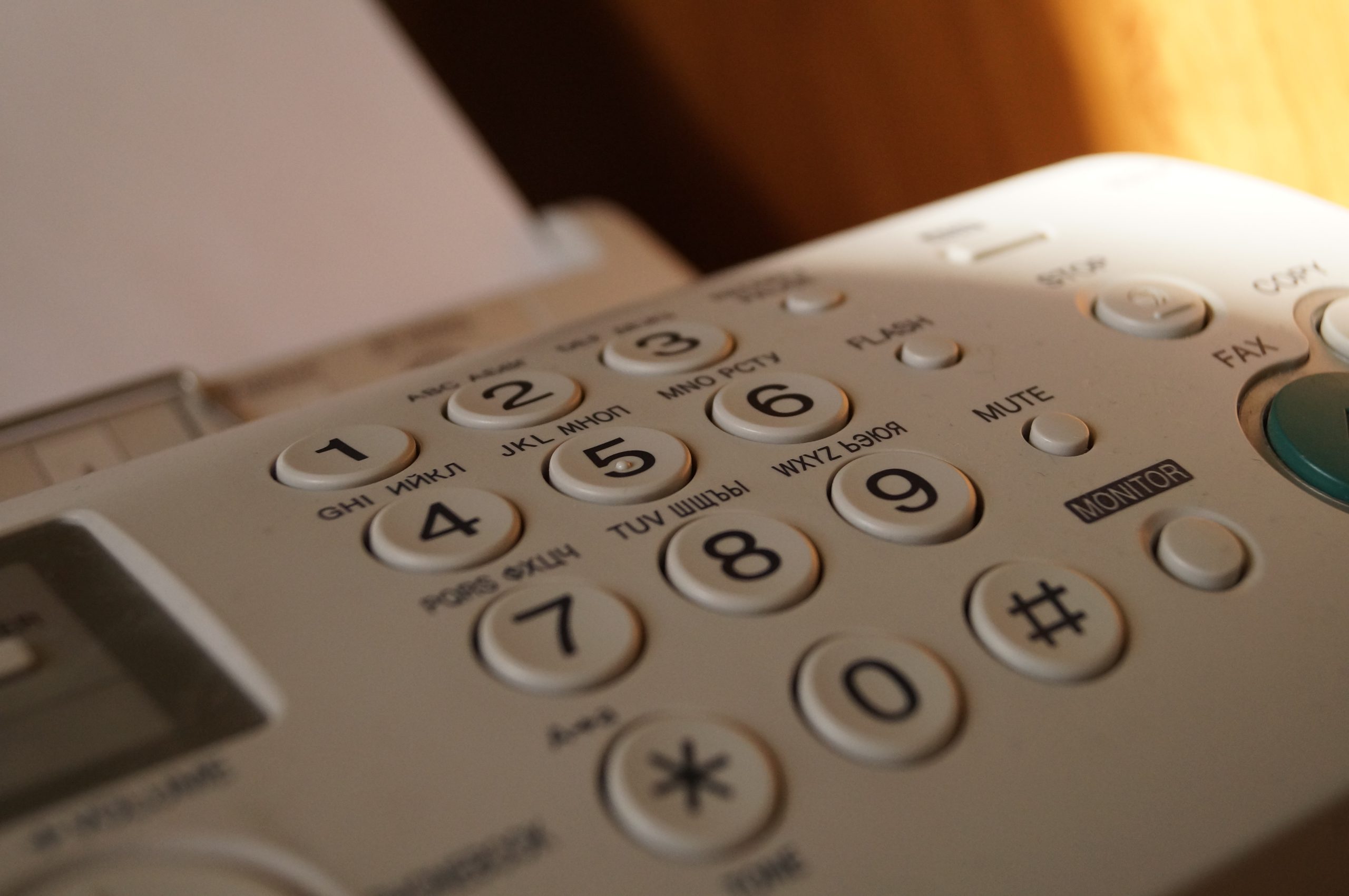 After a workplace accident, an employee may be flustered, but it is essential that the employee promptly becomes knowledgeable about court requirements and deadlines. If a claim is not filed within an allocated timeline, the claimant may be barred from bringing the claim forward. The following case out of Jefferson Parish shows why, if you’re fax filing a lawsuit, you must follow the rules precisely.
After a workplace accident, an employee may be flustered, but it is essential that the employee promptly becomes knowledgeable about court requirements and deadlines. If a claim is not filed within an allocated timeline, the claimant may be barred from bringing the claim forward. The following case out of Jefferson Parish shows why, if you’re fax filing a lawsuit, you must follow the rules precisely.